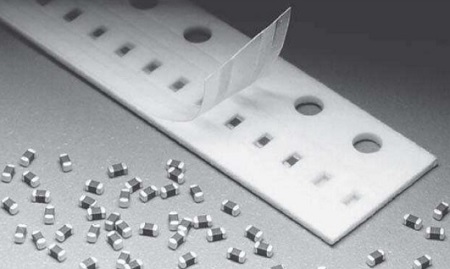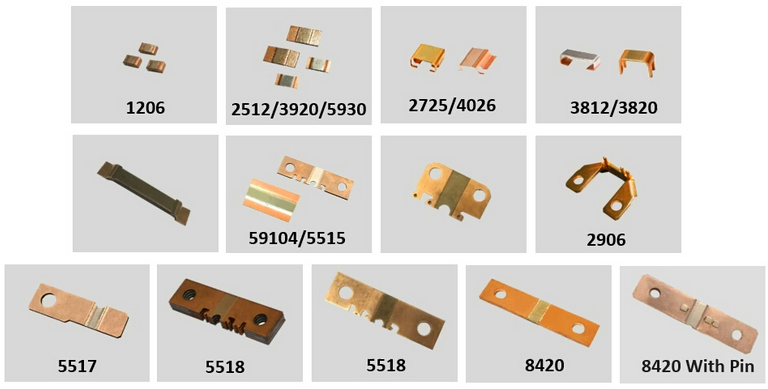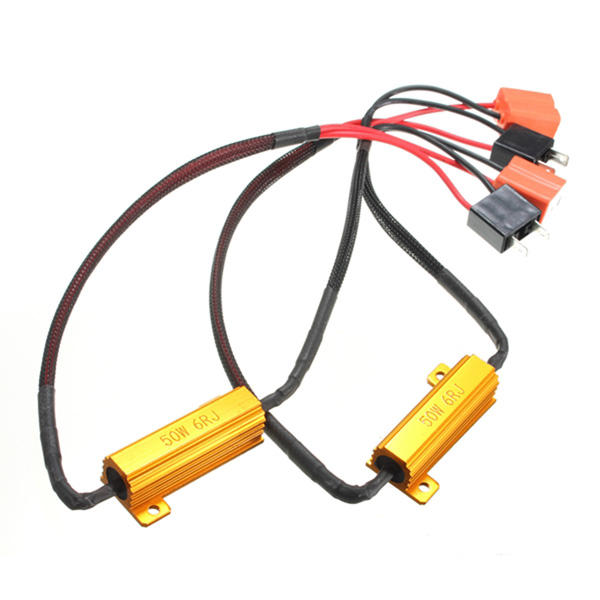Position:Home » Technical Articles
Resistor's role in measuring and correcting LED bin
Writer:Microhm Page View:Date:2020-01-23
LED boards are different from traditional circuit boards, often being larger – and especially longer – and hence calling for revised board transport and indexing systems for screen printing and pick-and-place processes. Vacuum picking is complicated due to the wide variance in lens curvature between LED parts of different product families and different manufacturers. Microhm Electronics' resistors play an important role in measuring and correcting LED bin.

Managing LED BIN codes
By homogeneous placement, manufactures populate any given batch of boards using only LEDs from one reel. Alternatively the designer can correct for the differences in luminosity by placing a suitable resistance value in series to regulate the LED current. Choosing lower resistance values for lower-luminosity LEDs, and higher values for higher-luminosity parts can equalise the output of all parts. In this case, for any given BIN, the LED and calculated current-limiting resistor must be considered as a set. Microhm Electronics' metal foil resistor MPR series and MMS series can be a good mate in this application. Another approach is to create combinations of LEDs from different BINs, in pairs or small groups, ensuring all groups have identical total luminosity (figure 3). This allows the use of a single resistor value with each LED while at the same time ensuring uniform light quality within each lamp and from unit to unit.
Although any of these strategies can be effective, there is a complication: the numbers of available reels containing LEDs of any given BIN are subject to change over time as the factory inventory is consumed and replenished, and cannot be predicted. On the other hand, resistor-corrected or combination approaches must cater for a large number of alternative component pairings to cover any situation where LEDs of one or more BINs, are not available at any time.

Correcting for BIN in production
At the product design stage, software tools help engineers calculate the various combinations of LED BINs and resistors needed to ensure consistent luminosity. Understanding that a single LED part number can have as many as 250 or more BINs associated, a huge number of alternative files can be created to cover every possible combination.
To overcome these challenges, a BIN-code management software detects the part numbers at feeder stations and automatically selects the appropriate target parts to generate the BIN table. In addition, the software allows the flexibility to apply BIN specifications to the board program or to one more placement machines in the SMT line. It is therefore possible to populate LEDs and their associated resistors according to a production plan or use the BIN table as a sole reference to directly specify the BINs each machine must use.

Conclusion
The flexibility to accommodate all BIN-compensation strategies, including homogeneous placement, resistor correction, and array placement, lets manufacturers decide how best to maximise productivity and deliver high-quality LED lighting that meets the expectations of today’s demanding end users. As a resistor manufature, we, Microhm Electronics, spare no effort to provide best quality resistor for LED application, like NUAL series.

Managing LED BIN codes
By homogeneous placement, manufactures populate any given batch of boards using only LEDs from one reel. Alternatively the designer can correct for the differences in luminosity by placing a suitable resistance value in series to regulate the LED current. Choosing lower resistance values for lower-luminosity LEDs, and higher values for higher-luminosity parts can equalise the output of all parts. In this case, for any given BIN, the LED and calculated current-limiting resistor must be considered as a set. Microhm Electronics' metal foil resistor MPR series and MMS series can be a good mate in this application. Another approach is to create combinations of LEDs from different BINs, in pairs or small groups, ensuring all groups have identical total luminosity (figure 3). This allows the use of a single resistor value with each LED while at the same time ensuring uniform light quality within each lamp and from unit to unit.
Although any of these strategies can be effective, there is a complication: the numbers of available reels containing LEDs of any given BIN are subject to change over time as the factory inventory is consumed and replenished, and cannot be predicted. On the other hand, resistor-corrected or combination approaches must cater for a large number of alternative component pairings to cover any situation where LEDs of one or more BINs, are not available at any time.

Correcting for BIN in production
At the product design stage, software tools help engineers calculate the various combinations of LED BINs and resistors needed to ensure consistent luminosity. Understanding that a single LED part number can have as many as 250 or more BINs associated, a huge number of alternative files can be created to cover every possible combination.
To overcome these challenges, a BIN-code management software detects the part numbers at feeder stations and automatically selects the appropriate target parts to generate the BIN table. In addition, the software allows the flexibility to apply BIN specifications to the board program or to one more placement machines in the SMT line. It is therefore possible to populate LEDs and their associated resistors according to a production plan or use the BIN table as a sole reference to directly specify the BINs each machine must use.

Conclusion
The flexibility to accommodate all BIN-compensation strategies, including homogeneous placement, resistor correction, and array placement, lets manufacturers decide how best to maximise productivity and deliver high-quality LED lighting that meets the expectations of today’s demanding end users. As a resistor manufature, we, Microhm Electronics, spare no effort to provide best quality resistor for LED application, like NUAL series.
Next:None find Prev:Single through-hole resistors' characteristics and installation
Keywords:
Latest News
- Resistor's role in measuring and correcting LED,,,
- Single through-hole resistors' characteristics ,,,
- Why shunt resistors for current sense applicati,,,
- Metal-film resistors with small size, high resi,,,
- 36W High-Current Shunt Resistors MMS8420,,,
- 1W Surface Mount Resistor MPR1206,,,
- An Overview of Microhm Electronics' Resistor Pr,,,
- More anti-sulfur resistors used in harsh envir,,,
- Resistance changes with temperature,,,
- 140W TO247 High Power Heatsinkable Resistor,,,
- MMS5930 is ideal for current sensing in industr,,,
- Shunt resistors selection for engineers' design,,,
- Considerations for choosing precision resistors,,,
- Ceramic Encased Cement Resistors NWH Series for,,,
- Resistors for Passive Balancing in Battery-Pow,,,
Hot Articles
- Microhm will take part in 10th Automotive World,,,
- Thanks for Visiting Microhm's Booth E5-5706 in ,,,
- Resistors in Short Supply: Blame Cars,,,
- New lunch: High Power Precision Shunt Resistor,,,,
- How to Test a Resistor,,,
- Innovative Technology, Future Electric: Electri,,,
- What is Precision Resistors?,,,
- SMD Resistors Sizes and Packages,,,
- The Construction and Features of Metal Film Res,,,
- What is a TO-220 Resisor?,,,
- Hot Selling Products: Precision Shunt Resistors,,,
- How to Calculate the Equivalent Resistance Valu,,,
- What is a Fixed Resistor?,,,
- Resistors in LED Circuits,,,
- Resistors Types and Materials Overview,,,
Resistance applications
- Heater Blower Motor Resistor in Air Conditioner,,,
- Why Zero-Ohm Resistors?,,,
- The Four Important Functions of Alloy Resistors,,,
- Urbanization Development Bringing the Transform,,,
- Precision Resistors' Construction and TCR,,,
- Difference Between High Precision Resistors and,,,
- Carbon Film Resistors' Features and Application,,,
- Miniature future for passive electronic compone,,,
- The Measurement Accuracy of Automotive Shunt is,,,
- Industrial Roberts Applied to Solar Photovoltai,,,
- Surface Mount Resistor's Size and Package ,,,
- Shunt Resistor MMS8420 for High Current Stable ,,,
- BMS for New Energy Vehicle,,,
- Select the Right Resistor for Harmonic Filterin,,,
- The Main Application for High Precision and Low,,,
